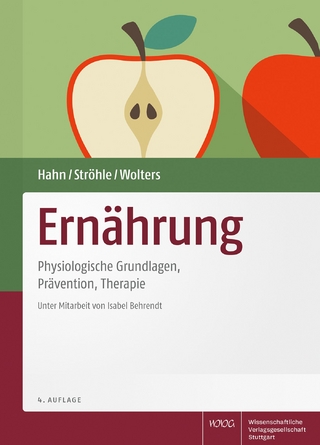
Nutrition and livestock
technical guidance to harness the potential of livestock for improved nutrition of vulnerable populations in programme planning
Seiten
2020
Food & Agriculture Organization of the United Nations (FAO) (Verlag)
978-92-5-132053-2 (ISBN)
Food & Agriculture Organization of the United Nations (FAO) (Verlag)
978-92-5-132053-2 (ISBN)
Summarises some of the current thinking on how livestock and animal-source foods can address the nutritional needs of vulnerable households and groups. The report also outlines recommendations for designing and implementing livestock interventions to leverage nutrition outcomes while supporting livelihoods.
This publication points out that properly managed livestock can play a role in addressing malnutrition, notably through greater integration between the livestock and nutrition sectors. It summarises some of the current thinking on how livestock and animal-source foods can address the nutritional needs of vulnerable households and groups. It also outlines recommendations for designing and implementing livestock interventions to leverage nutrition outcomes while supporting livelihoods. The livestock sector plays a crucial role in the social and economic development of a country, especially in low- and middle-income countries. Livestock are a direct and indirect source of food for rural and urban households. In fact, it is estimated that animal-source foods contribute 18% of global food energy consumption and 34% of global protein consumption.
This publication points out that properly managed livestock can play a role in addressing malnutrition, notably through greater integration between the livestock and nutrition sectors. It summarises some of the current thinking on how livestock and animal-source foods can address the nutritional needs of vulnerable households and groups. It also outlines recommendations for designing and implementing livestock interventions to leverage nutrition outcomes while supporting livelihoods. The livestock sector plays a crucial role in the social and economic development of a country, especially in low- and middle-income countries. Livestock are a direct and indirect source of food for rural and urban households. In fact, it is estimated that animal-source foods contribute 18% of global food energy consumption and 34% of global protein consumption.
| Erscheinungsdatum | 04.05.2020 |
|---|---|
| Verlagsort | Rome |
| Sprache | englisch |
| Themenwelt | Medizin / Pharmazie ► Gesundheitsfachberufe ► Diätassistenz / Ernährungsberatung |
| Sozialwissenschaften ► Soziologie ► Spezielle Soziologien | |
| Weitere Fachgebiete ► Land- / Forstwirtschaft / Fischerei | |
| ISBN-10 | 92-5-132053-5 / 9251320535 |
| ISBN-13 | 978-92-5-132053-2 / 9789251320532 |
| Zustand | Neuware |
| Haben Sie eine Frage zum Produkt? |
Mehr entdecken
aus dem Bereich
aus dem Bereich
Indikation, Diagnostik, Therapie
Buch (2024)
Thieme (Verlag)
80,00 €
Physiologische Grundlagen, Prävention, Therapie
Buch | Hardcover (2023)
Wissenschaftliche Verlagsgesellschaft
118,00 €


